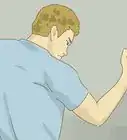This article was co-authored by David Engel. David Engel is a Muay Thai Instructor and Self Defense Trainer based in the San Francisco Bay Area. With over 15 years of martial arts instruction and training experience, David runs California Martial Athletics with co-owner Joe Chernay. He has created and maintained martial arts programs at Rise Combat Sports in San Francisco and Round 5 Martial Arts Academy in San Leandro, with a mission to provide students with a level of comfort and competency that manifests both within and outside the martial arts context. He is also a registered cornerman for amateur and pro competitors under the IKF (International Kickboxing Federation). David was the youngest apprentice instructor of the Thai Boxing Association of America under Ajarn Chai Sirisute (2009), and was a top-ranked amateur competitor in his weight class (127-130 lb) in California between 2013 and 2015.
This article has been viewed 62,448 times.
Flying or jumping sidekicks are an advanced kicking technique that requires a great deal of skill, balance and coordination. While extremely difficult to apply in free fighting, a well-executed flying sidekick can deal an incredible amount of damage to an opponent, score points in a tournament, or simply wow your friends while sparring.
Steps
Protecting Yourself
-
1Keep your guard up. In order to execute a flying sidekick, you need to learn to protect yourself from your opponent’s attacks while you wait for an opportunity to use it.
- Raise both fists to just below eye level to place them in position to both block strikes as well as to execute offensive movements.
- Keep your rear elbow tight to the body without touching it. It will protect your solar plexus and ribs.[1]
- Your lead arm should be slightly in front of you. This serves to protect your solar plexus and ribs, but also positioned to quickly interfere with strikes coming toward your face as well as to jab.[2]
- Keep your chin down to protect your nose and eyes from strikes that get past your defense.
-
2Stagger your feet. Keep your feet about shoulder width apart with your non-dominant foot forward. [3]
- Keep your weight balanced between both feet.
- Angle both feet slightly in the same direction (slightly off from direct center).
- Your rear heel should be elevated slightly to move quickly for striking or pivoting. [4]
Advertisement -
3Get comfortable in a defensive stance. In order to execute a flying sidekick, you’ll need to be able to protect yourself until given the opportunity.
- Spend enough time in your fighting stance that your body comfortably returns to it after each move or technique you execute.
- Keep your guard up at all times to avoid counter strikes.[5]
- Avoid lowering your arms to maintain balance.
-
4Protect yourself while moving. Keep your guard up at all times, particularly while moving toward and away from your opponent.
Executing a Flying Sidekick
-
1Start in a defensive stance. As is the case with all martial arts movements, protecting yourself is paramount in order to effectively execute the technique.
- Be careful not to lower your guard while you execute the kick. It is not uncommon for people to use their arms to aid in balance, but that can open you up to counter strikes.
- Do not alter your stance or movements as you prepare to execute a flying sidekick. You could tip your opponent off about your intent, which is commonly called, “telegraphing.”
-
2Orient yourself to your opponent. In order to properly execute a flying sidekick, you need to be in the correct position versus your opponent.
- Angle your body so your opponent is ahead of you.
- Create a few feet of distance by backing up or striking your opponent with a front kick just above the knee to force them to retreat.
-
3Jump to bring your feet into position. A jumping sidekick requires that you leave the ground. There are two variations in how to execute this portion of the technique separated by which foot you jump with.[8]
- From your defensive stance, jump up and toward your opponent.
- The differentiation between techniques involves jumping with either your lead or rear foot, so neither is technically incorrect. Decide which foot to use to lead your jump based on your comfort and the situation.
- Retract your legs into your body to protect yourself and prepare to execute the kick.
-
4Extend your striking foot into your opponent. Once airborne, execute the kick as your jump closes the gap between you and your opponent.
- The striking surface for this technique should be the leading cutting edge of your foot, but using the ball or heel of the same foot should not result in injuring you.
- Never attempt to make contact with your opponent higher than their chest. Heads move quickly and are difficult targets and over extending could reduce your ability to regain your balance as you land.[9]
Returning to a Defensive Stance
-
1Land after connecting with your opponent. After striking your opponent, quickly get back into position to protect yourself. [10]
- Lower your rear (non-striking) leg immediately after making contact with your opponent.
- Immediately retract your extended leg and plant it firmly on the ground in your traditional defensive stance.
- Ensure your guard is still up to protect yourself from counter strikes.
-
2Land after missing your opponent. If you fail to connect with your opponent, it is extremely important that you regain your balance quickly and enter into a defensive stance.
- Lower your non-striking leg as soon as you recognize that your kick did not connect.
- Plant both feet firmly and ensure your guard is up to protect your face and torso from any incoming strikes.[11]
- Create distance between you and your opponent by backing away or executing another series of strikes while increasing the gap between you.
-
3Defend yourself if your opponent grabs your leg. If you fail to land the kick, you run the risk of your opponent catching your leg. This puts you at serious risk for further strikes or a single-leg takedown.
- Immediately drop your weight onto your opponent’s thigh. This may break his or her grip and will prevent your opponent from kneeing you.[12]
- Get control of your opponent’s free arm with your outside hand to assert dominance, and use the arm on the same side as your caught leg to grab the back of his or her head.
- Press into your caught leg while maintaining control of your opponent’s head until his or her grip is broken.[13]
- Return to a defensive stance to protect yourself once your leg is free.
Expert Q&A
-
QuestionWhat I can I do to make my flying side kicks stronger?
 David EngelDavid Engel is a Muay Thai Instructor and Self Defense Trainer based in the San Francisco Bay Area. With over 15 years of martial arts instruction and training experience, David runs California Martial Athletics with co-owner Joe Chernay. He has created and maintained martial arts programs at Rise Combat Sports in San Francisco and Round 5 Martial Arts Academy in San Leandro, with a mission to provide students with a level of comfort and competency that manifests both within and outside the martial arts context. He is also a registered cornerman for amateur and pro competitors under the IKF (International Kickboxing Federation). David was the youngest apprentice instructor of the Thai Boxing Association of America under Ajarn Chai Sirisute (2009), and was a top-ranked amateur competitor in his weight class (127-130 lb) in California between 2013 and 2015.
David EngelDavid Engel is a Muay Thai Instructor and Self Defense Trainer based in the San Francisco Bay Area. With over 15 years of martial arts instruction and training experience, David runs California Martial Athletics with co-owner Joe Chernay. He has created and maintained martial arts programs at Rise Combat Sports in San Francisco and Round 5 Martial Arts Academy in San Leandro, with a mission to provide students with a level of comfort and competency that manifests both within and outside the martial arts context. He is also a registered cornerman for amateur and pro competitors under the IKF (International Kickboxing Federation). David was the youngest apprentice instructor of the Thai Boxing Association of America under Ajarn Chai Sirisute (2009), and was a top-ranked amateur competitor in his weight class (127-130 lb) in California between 2013 and 2015.
Muay Thai Instructor & Self Defense Trainer First, you need to make sure that you have the mechanics of the kick down. Work on the form with your trainer and practice at least three times a week to improve. Then, on days where you aren't training, do sprints, lunges, squats, or runs. This way, you can improve the overall strength of your legs and make your kicks more efficient.
First, you need to make sure that you have the mechanics of the kick down. Work on the form with your trainer and practice at least three times a week to improve. Then, on days where you aren't training, do sprints, lunges, squats, or runs. This way, you can improve the overall strength of your legs and make your kicks more efficient. -
QuestionHow do I expand my legs?
 Sanyukta123Community AnswerKeep doing splits and stretches, and keep practicing.
Sanyukta123Community AnswerKeep doing splits and stretches, and keep practicing. -
QuestionHow do I perform a fake kick to the side of my opponent, but with the same leg in the air, strike their face?
 Community AnswerFirst, find something you can hang that is safe to kick (like a balloon). Hang it at your opponent's head height. You can first do a regular fake kick, lean back a little, bend your leg, and kick the balloon. This will take a lot of tries to master.
Community AnswerFirst, find something you can hang that is safe to kick (like a balloon). Hang it at your opponent's head height. You can first do a regular fake kick, lean back a little, bend your leg, and kick the balloon. This will take a lot of tries to master.
Warnings
- As with any type of exercise, be sure that you warm up and stretch before hand and stop if you feel any abnormal discomfort.⧼thumbs_response⧽
- The only way to perfect a flying side kick is to learn from a qualified instructor.⧼thumbs_response⧽
References
- ↑ http://breakingmuscle.com/kickboxing-boxing/5-tips-for-a-more-effective-fighting-stance
- ↑ http://breakingmuscle.com/kickboxing-boxing/5-tips-for-a-more-effective-fighting-stance
- ↑ http://breakingmuscle.com/kickboxing-boxing/5-tips-for-a-more-effective-fighting-stance
- ↑ http://breakingmuscle.com/kickboxing-boxing/5-tips-for-a-more-effective-fighting-stance
- ↑ http://www.usmcofficer.com/wp-content/uploads/2015/04/Marine-Corps-Martial-Arts-Program-MCMAP.pdf
- ↑ http://www.usmcofficer.com/wp-content/uploads/2015/04/Marine-Corps-Martial-Arts-Program-MCMAP.pdf
- ↑ http://www.usmcofficer.com/wp-content/uploads/2015/04/Marine-Corps-Martial-Arts-Program-MCMAP.pdf
- ↑ https://books.google.com/books?id=xAjRAgAAQBAJ&pg=PA161&lpg=PA161&dq=execute+a+flying+sidekick&source=bl&ots=jeMiQ8pctb&sig=q_ATrFpfYCRKeTbCIrrFFz-DKPk&hl=en&sa=X&ved=0ahUKEwiOybL2u47MAhXEdT4KHa5-AT4Q6AEIRjAH#v=onepage&q=execute%20a%20flying%20sidekick&f=false
- ↑ https://books.google.com/books?id=xAjRAgAAQBAJ&pg=PA161&lpg=PA161&dq=execute+a+flying+sidekick&source=bl&ots=jeMiQ8pctb&sig=q_ATrFpfYCRKeTbCIrrFFz-DKPk&hl=en&sa=X&ved=0ahUKEwiOybL2u47MAhXEdT4KHa5-AT4Q6AEIRjAH#v=onepage&q=execute%20a%20flying%20sidekick&f=false
- ↑ https://books.google.com/books?id=xAjRAgAAQBAJ&pg=PA161&lpg=PA161&dq=execute+a+flying+sidekick&source=bl&ots=jeMiQ8pctb&sig=q_ATrFpfYCRKeTbCIrrFFz-DKPk&hl=en&sa=X&ved=0ahUKEwiOybL2u47MAhXEdT4KHa5-AT4Q6AEIRjAH#v=onepage&q=execute%20a%20flying%20sidekick&f=false
- ↑ https://books.google.com/books?id=xAjRAgAAQBAJ&pg=PA161&lpg=PA161&dq=execute+a+flying+sidekick&source=bl&ots=jeMiQ8pctb&sig=q_ATrFpfYCRKeTbCIrrFFz-DKPk&hl=en&sa=X&ved=0ahUKEwiOybL2u47MAhXEdT4KHa5-AT4Q6AEIRjAH#v=onepage&q=execute%20a%20flying%20sidekick&f=false
- ↑ https://www.youtube.com/watch?v=6anXpT3l1to
- ↑ https://www.youtube.com/watch?v=6anXpT3l1to

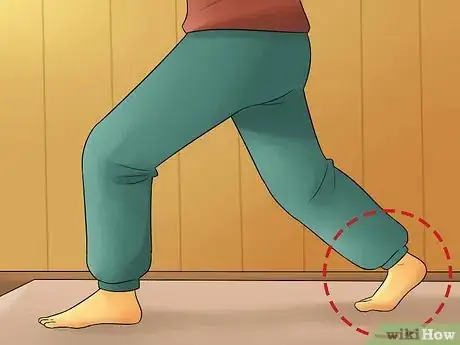
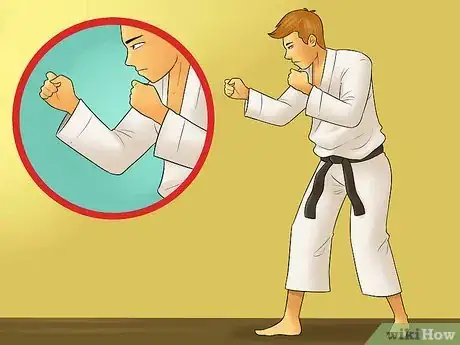
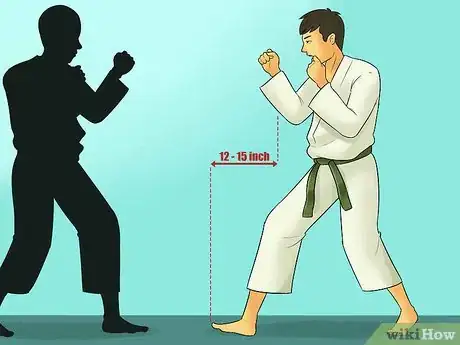
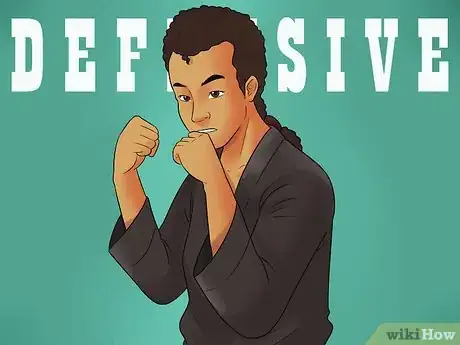
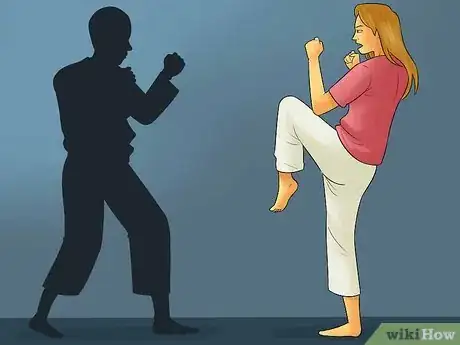

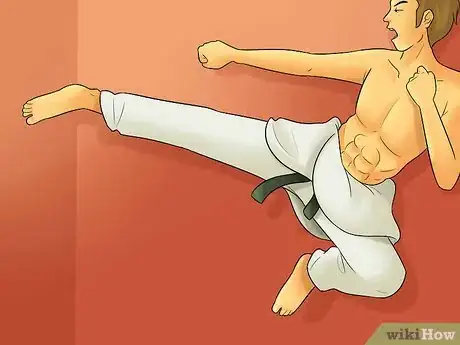
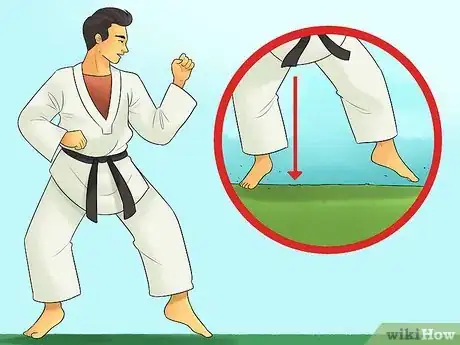
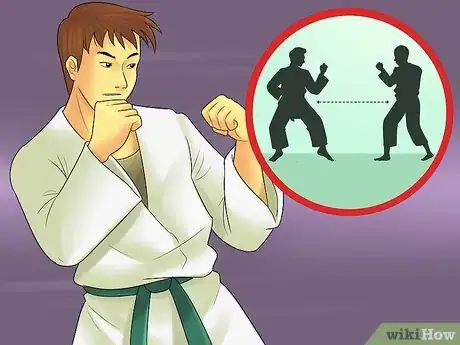
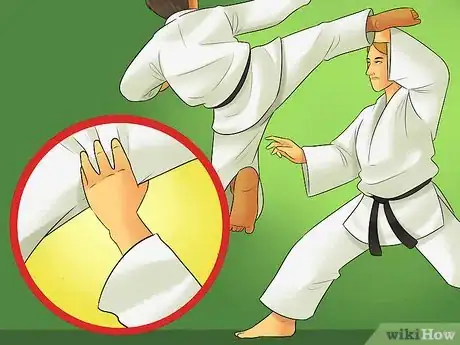
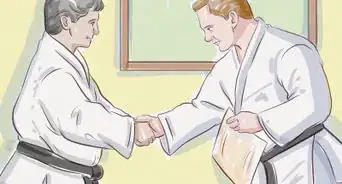
-Step-15-Version-2.webp)
-Step-7.webp)
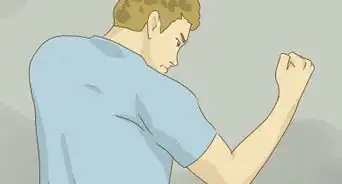

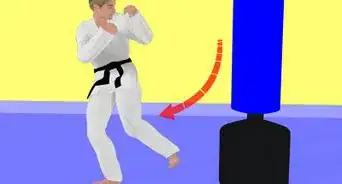
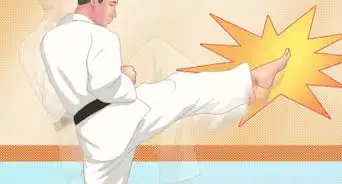


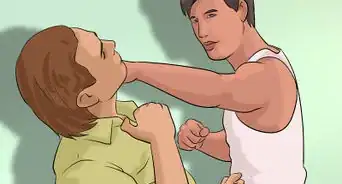
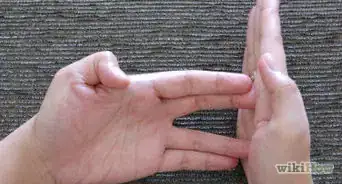








-Step-15-Version-2.webp)
-Step-7.webp)
